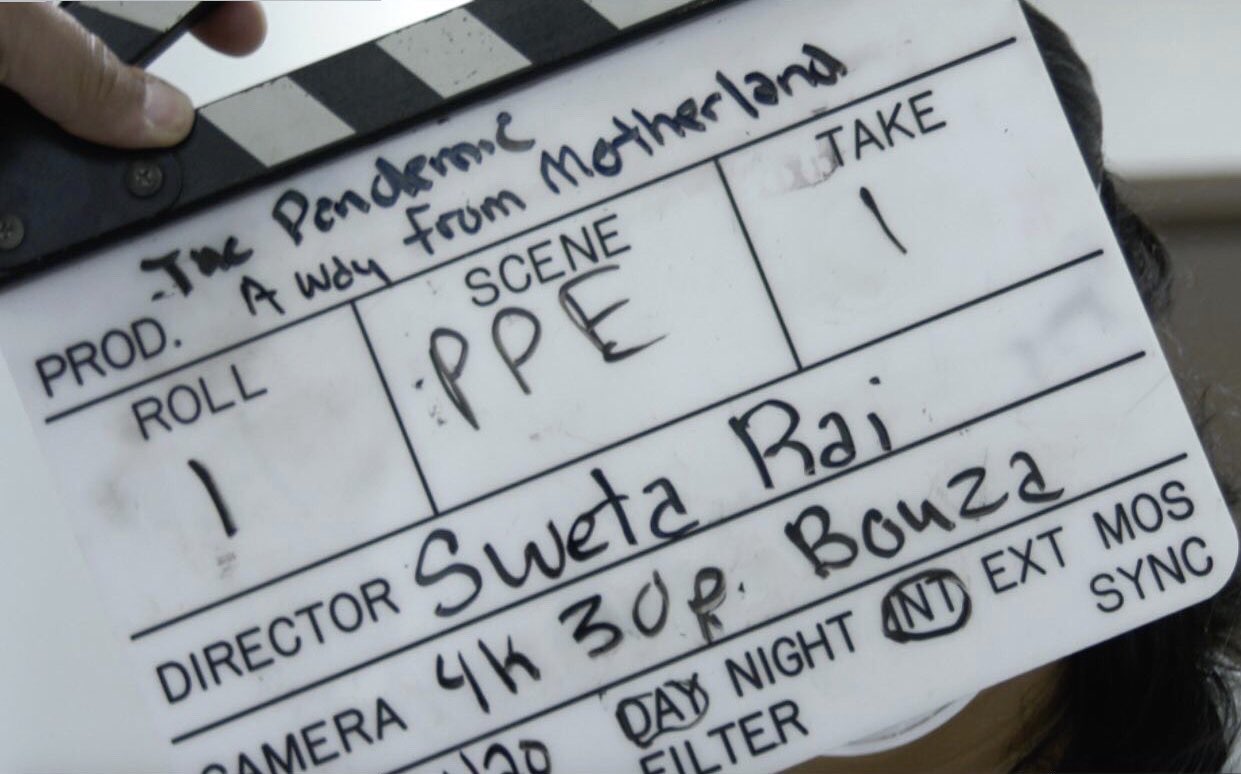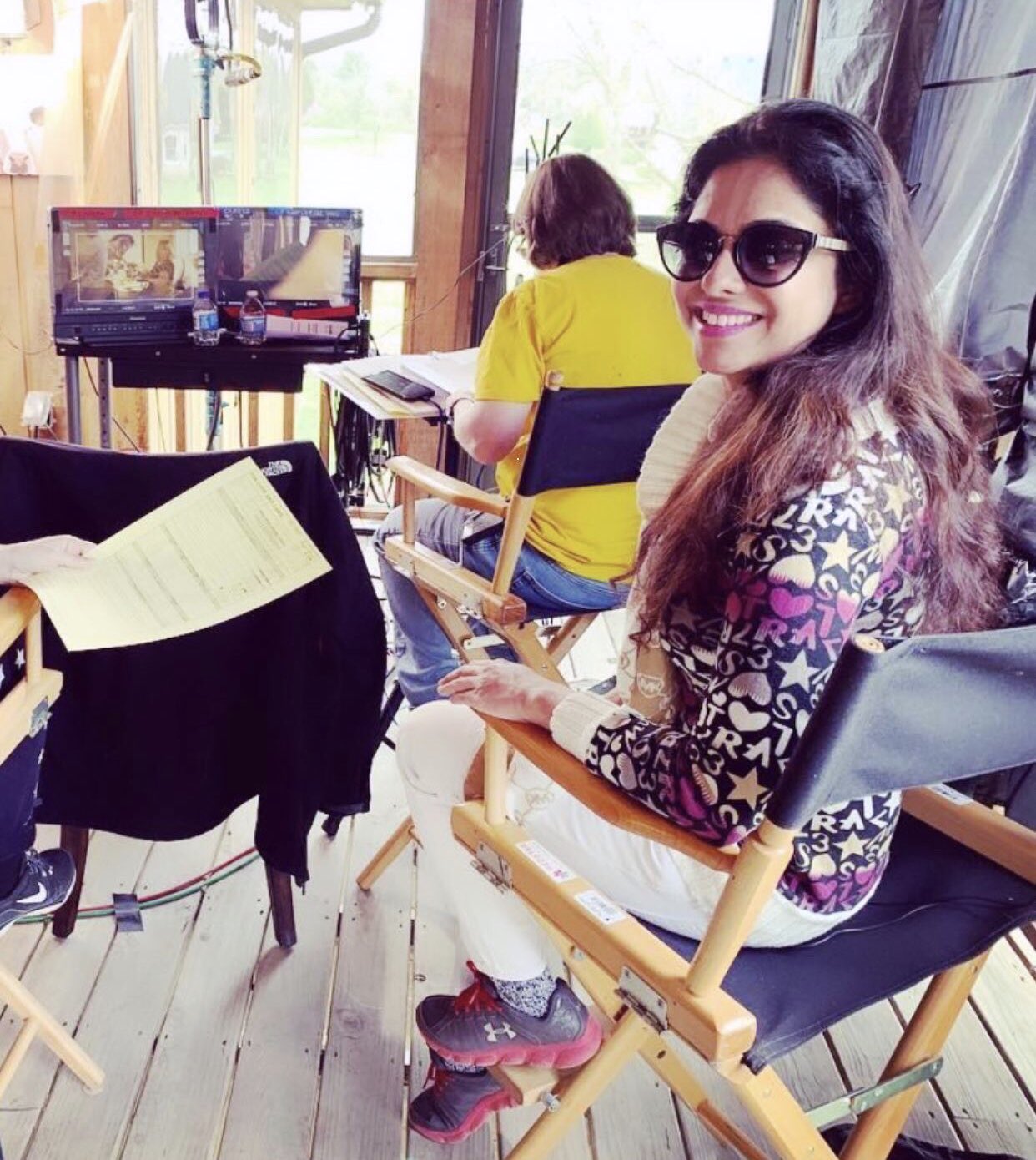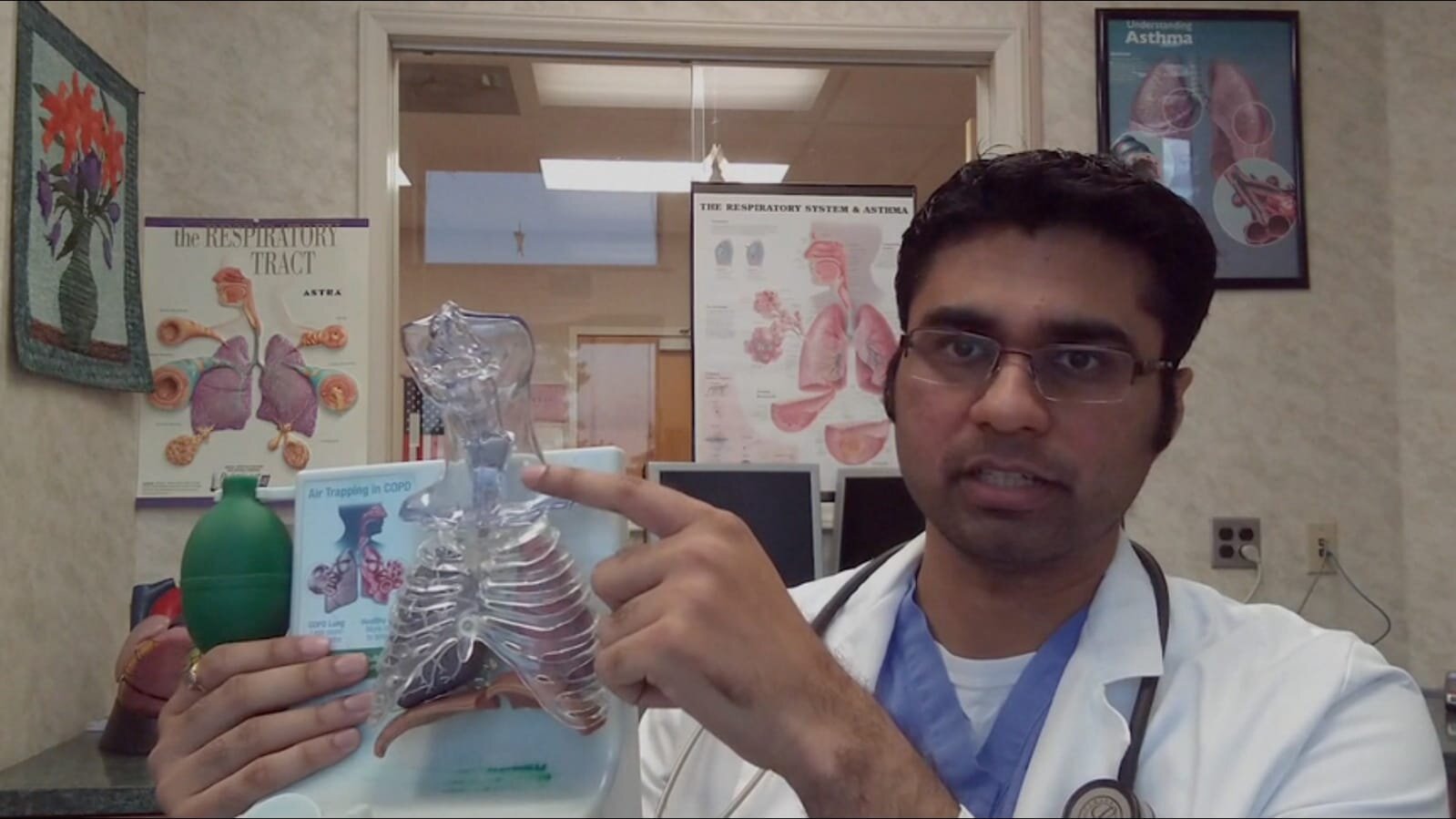Indian-origin filmmaker Sweta Rai’s lockdown documentary about frontline workers against the COVID-19 pandemic highlighted the stellar efforts medical and emergency professionals have been making in 2020.
Rai’s 64-minute documentary ‘A Pandemic: Away from the Motherland’ features five Indian doctors working in the US, away from their families back in India, and faithfully captures the pressures they were facing as well as their innovative actions in response.
The film, shot remotely with footage recorded from several devices at different locations during the lockdown, is a perfect example of the shattering effect the pandemic has had on the lives of families across the globe.
“When someone lives away from the family, their challenges are different; their emotions are different. But what I learned is that while their families back in India miss them every day, they feel proud of them regardless of what country they are in,” said Rai.
The film features Dr Ankit Bharat, who was in the news recently for performing the first double-lung transplant surgery on a COVID-19 patient in the US. The other doctors are Dr Pooja Malhotra, who resumed work after recovering from COVID herself, Dr Uma Madhusudana, Dr Shreedhar Kulkarni and Dr Shantanu Singh.
Rai, CEO and founder of the LA-based film production company Indo Holly Films, performed the herculean task of coordinating filming in multiple locations on both sides of the world, working around her subjects’ almost 24-hour workdays and lockdown restrictions in the US and India to deliver a touching, well put-together piece. Even the amateur nature of some of the scenes and roughness of the videography points to the ingenuity and innovative spirit of the makers.
“While I shot in different cities in the US, I also shot in five smallest towns of India – all remotely,” she said.
Dr Shantanu Singh, a pulmonologist and critical care specialist in Huntington, West Virginia, has seen firsthand the havoc wreaked by the virus and repeatedly emphasised the risks we are facing and precautions we should take. He also recounted the impact the virus has had on him and his family in recent months.
“There was a sense of fear among doctors that we might not see our families again. But our responsibilities were driven home by the fact that COVID patients were even more isolated. Families can’t meet the patients; they can only interact through a glass window in the ICU, and we have to bridge the communication gap between them,” Shantanu said.
Around 14% of doctors in the US were born in India and they face many challenges in normal times, let alone in the present situation. Rai’s film not only describes their duties during the pandemic but also brings to light the tireless work they do as part of the US medical system.
The documentary, filmed across three months during the height of the lockdown, also reflects the rapidly-changing reality of the pandemic, from when the lockdown was first imposed to social distancing being introduced and becoming the new normal. It also showcases the challenges doctors in the US and their families back home faced in their daily routines during the lockdown.
Another advantage of focussing on doctors is that the documentary makes the science of the pandemic more accessible without dumbing it down; it is also a useful contribution to the historical record and a gesture of thanks to those risking their lives to protect the rest of us.
‘A Pandemic: Away from the Motherland’ ends on a hopeful note, which is something the world needs a lot more of this year.
Read more NRI News and Entertainment News here





